B62I4734
Do you have any thoughts on this post?
On October 18, 2023, the Senate Committee on Environment and Public Works held a hearing which further emphasized the risk to America’s hunting and fishing heritage resulting from the Supreme Court’s ruling, Sackett v EPA, and the recent conforming rule issued by the EPA and Army Corps of Engineers. The hearing coincided with the 51st year of the Clean Water Act and gathered testimony to examine the full implications of these landmark decisions.
The Theodore Roosevelt Conservation Partnership, alongside the Wild Salmon Center, Trout Unlimited, Izaak Walton League of America, Fly Fishers International, and the American Fisheries Society submitted a letter for the record to the committee calling on Congress to take action to protect and restore our nations’ waters in the wake of Sackett v EPA. The future of hunting and fishing opportunities for our children, and our children’s children, depends on it. Here are three reasons why:
The health of our nation’s watersheds is the barometer of our wildlife and fish populations. Aquatic habitat and connectivity in the vital network of small, tributary streams and in their downstream rivers not only provide fish habitat, but also provide essential habitat for upland birds, deer, bears, and many other wildlife species. The vast category of “non-adjacent” wetlands—that no longer benefit from federal protections after the Agencies’ conforming rule—provide essential migratory bird and duck habitat, such as the deservedly famous prairie pothole region. Places that serve as vital nesting grounds for migratory birds are at risk too, such as the groundwater dependent wetlands and springs in Colorado’s San Luis Valley and California’s Central Valley.
Overall, wetlands provide breeding grounds for over half of North American waterfowl. The loss of these protections puts wildlife populations and crucial habitat at risk and, in turn, would mean fewer quality hunting and fishing opportunities for future generations.
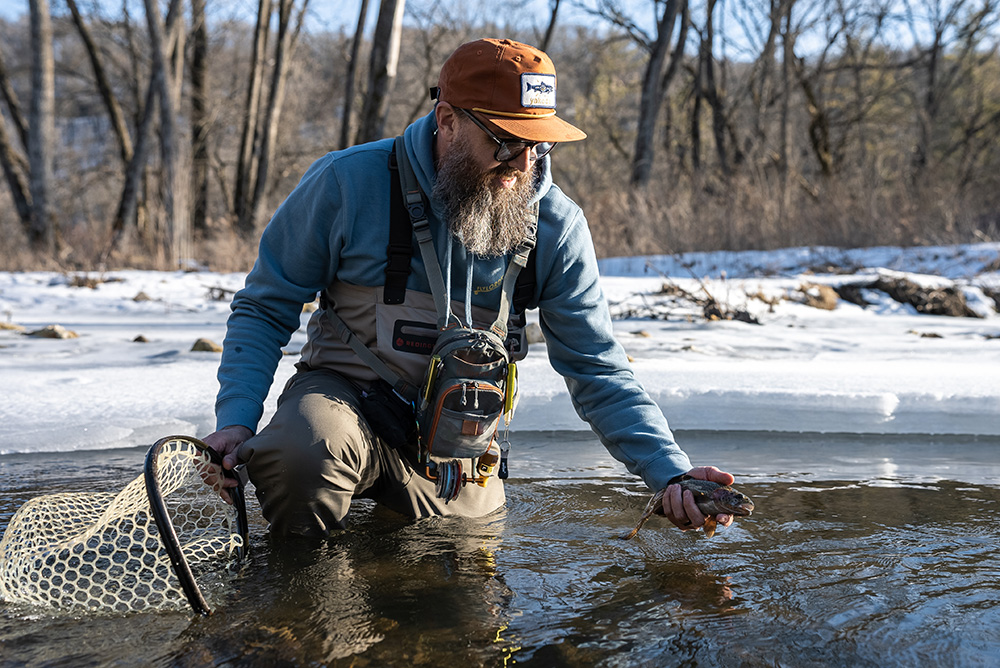
Aquatic resources, vital to maintaining the “. . . physical, chemical, and biological integrity of the Nation’s waters,” are now at risk. A 404 Permit is no longer required prior to their destruction or harm if non-adjacent wetlands are located where a new development, road, bridge, pipeline, or transmission line is proposed. This means that a 404 Permit’s requirement to avoid, minimize, or mitigate harm no longer applies to non-adjacent wetlands. EPA estimates that between 51-63% of wetlands are at risk of loss under its conforming rule. In addition to the loss of wetlands, the conforming rule’s limitation to “relatively permanent, standing, or continuously flowing” tributary streams as coming under Clean Water Act jurisdiction, means that ephemeral streams are at risk.
A recent analysis calculated that 57% of the nation’s total stream miles are ephemeral. These networks of headwater streams not only function as the vital capillaries of the larger arteries in our watersheds, but they also convey pollutants downstream with their seasonal flows. The loss of federal protections for these headwater features means the potential for more pollution downstream in addition to the loss of aquatic function and habitats on which many of the species we as hunters and anglers rely.
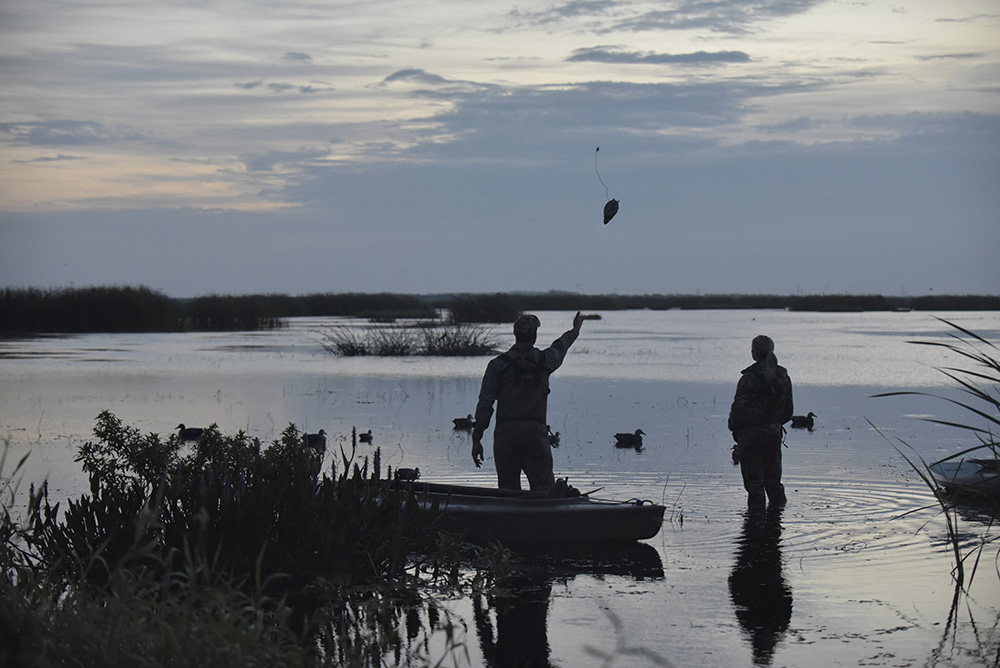
Clean water is a lynchpin of an outdoor recreation economy that creates 4.3 million jobs and generates $689 billion in consumer spending annually. What’s more, the entire outdoor recreation industry is built on sustaining and protecting aquatic resources, as opposed to industries that encroach on or pollute these vital, national resources. A national bipartisan poll shows that 92% of hunters and anglers support clean water protections. Healthy habitat and clean water serve as the backbone of the outdoor economy, and this link will help drive future economic opportunities and the chances for future generations of hunters and anglers to enjoy the great outdoors.
Over the past 50 years, the Clean Water Act has been the driving force to protect water quality and enhance the condition of rivers, lakes, wetlands, and other water bodies of the United States. The next 50 years present even greater challenges, from newly discovered toxins in drinking water to extreme weather events super-charged by climate change. High-functioning watersheds are the best bulwark of protection from these threats.
Click here to watch the Senate Committee on Environment and Public Works hearing, Examining the Implications of Sackett v. Environmental Protection Agency for Clean Water Act Protections of Wetlands and Streams.
New legislation would help digitize fishing regulations and recreational access information
Today, the Theodore Roosevelt Conservation Partnership celebrated the introduction of the Modernizing Access to Our Public Waters Act that would enhance recreation on federal waterways by investing in modern technology to provide anglers, hunters, boaters, and other water users the information they need to safely and legally access and utilize public waters administered by federal agencies.
The bipartisan legislation was introduced by U.S. Senators John Barrasso (R-Wyo) and Angus King (I-Maine).
“Anglers, hunters, and boaters must interpret complex rules when they are out using public waterways, and the MAPWaters Act would direct federal agencies to clarify that information in geospatial form,” said Whit Fosburgh, president and CEO of the Theodore Roosevelt Conservation Partnership. “TRCP thanks Senator Barrasso and Senator King for their leadership on this important legislation that will help people discover and enjoy new water-based recreation opportunities and keep them safe and legal.”
The MAPWaters Act builds on the success of the recently passed MAPLand Act by directing federal agencies to digitize water and fishing access and recreational use information on federal waterways and to make those resources readily available to the public. Federal waterways include any portion of a body of water managed, or partially managed, by one or more of the following federal agencies: the Bureau of Reclamation, the National Park Service, the Bureau of Land Management, the United States Fish and Wildlife Service, and the Forest Service.
This newly digitized public information would include:
• Status information on which waterways are open or closed to entry or watercraft, including watercraft inspection or decontamination requirements.
• The areas of waterways with restrictions on motorized propulsion, horsepower, or gasoline fuel.
• Types of watercraft that are restricted on each area of a waterway, including the permissibility of canoes, rafts, motorboats, airboats, oversnow vehicles on frozen bodies of water, etc.
• The location and geographic boundaries of fishing restrictions on recreational and commercial fishing, including full or partial closures, no-take zones, and fishing restrictions within or surrounding marine protected areas.
• Fishing restrictions concerning specific types of equipment or bait, such as restrictions on the use of barbed hooks or live bait and requirements with respect to catch and release.
Presently, much of this information is housed in agency documents and difficult for the public to discover and access. For example, in the Code of Federal Regulations, the U.S. Fish and Wildlife Service includes 42 pages worth of National Wildlife Refuge specific recreation rules, many of which are tied to waterway navigation, use, and fishing.
The clarity and accessibility of regulations for both the public, and the agencies entrusted to manage these waters, will result in more Americans confidently accessing and enjoying their public waters.
“Digital navigation and mapping tools connect America’s 54.5 million anglers to the outdoors, helping them discover new fishing spots,” said Mike Leonard, vice president of government affairs at the American Sportfishing Association. “We thank Senator Barrasso and Senator King for introducing the MAPWaters Act, which will improve spatial information on fishing and boating regulations, as well as the locations of boat launches and access points. Standardized and digitized mapping data from federal agencies will support the software and electronics that are increasingly important to anglers.”
“Knowing where to go fishing and what you can do when you get there, is basic information all anglers need for a successful day on the water,” said Lindsay Slater, vice president of government affairs for Trout Unlimited. “The MAPWaters Act will standardize and simplify information for anglers to access and use waters managed by federal agencies, including decontamination requirements to help prevent the spread of aquatic invasive species. We look forward to this bill becoming law and helping to better inform anglers who fish on public waters.”
“Access to water is just as important to hunters, anglers, and other outdoor recreationists as access to land,” said Laura Orvidas, CEO of onX. “Yet, regulations regarding water access are even more complex. Having water access information and regulations publicly available in a digital format is critical for communicating intended water use for responsible access and protecting aquatic species and their habitats. Through the MAPWaters Act, we can help empower the outdoor community to not only enjoy our nation’s vast waterways, but also recreate responsibly.”
“Improved national mapping data from federal agencies about watercraft restrictions and fishing regulations will help outdoor enthusiasts, anglers, and other water users discover and access new recreational opportunities,” said Zachary Pope, founder of TroutRoutes, a fishing focused navigation application. “For the benefit of millions of American anglers, we support this bill and encourage Congress to advance the MAPWaters Act into law.”
Photo credit: Jim Pennucci
Cameron Smith and Harrison Creed of The Omni Collective witness the intensity of Big Sky fly fishing culture and learn about the conservation efforts that make these adventures possible
October in the West brings its own kind of quiet to the rivers. Cottonwood galleries catch the light at all angles, while aspen leaves flicker like minnows in the shallows. Most tourists have returned to their states far away, and the locals are trying to find that one bull still bugling or chasing pronghorn on the prairie.
Cameron Smith and Harrison Creed likely couldn’t have picked a better window for their ten-day, five-state fly fishing sojourn across the mountain west. The two former football stars connected over their common passion for the outdoors and photography and took a leap of faith to spend over a week on the road together having shared little more than a meal before.
Their circuitous route took them through the promised land of fly fishing: Montana. Here they fished the Madison and Gallatin Rivers after driving through the southwest corner of the state.
“I felt the gravity of Montana when I entered,” said Creed. “I’m from Kansas and so whenever I come West, I’m in awe. As soon as you cross into the state I feel like ‘it’s on.’
Fly fishing in Montana is like hunting ducks in the timber in Arkansas. It’s special and everyone talks about it, but not everyone gets to do it.”
Smith also sensed the power of the treasure state when it came to fly angling.
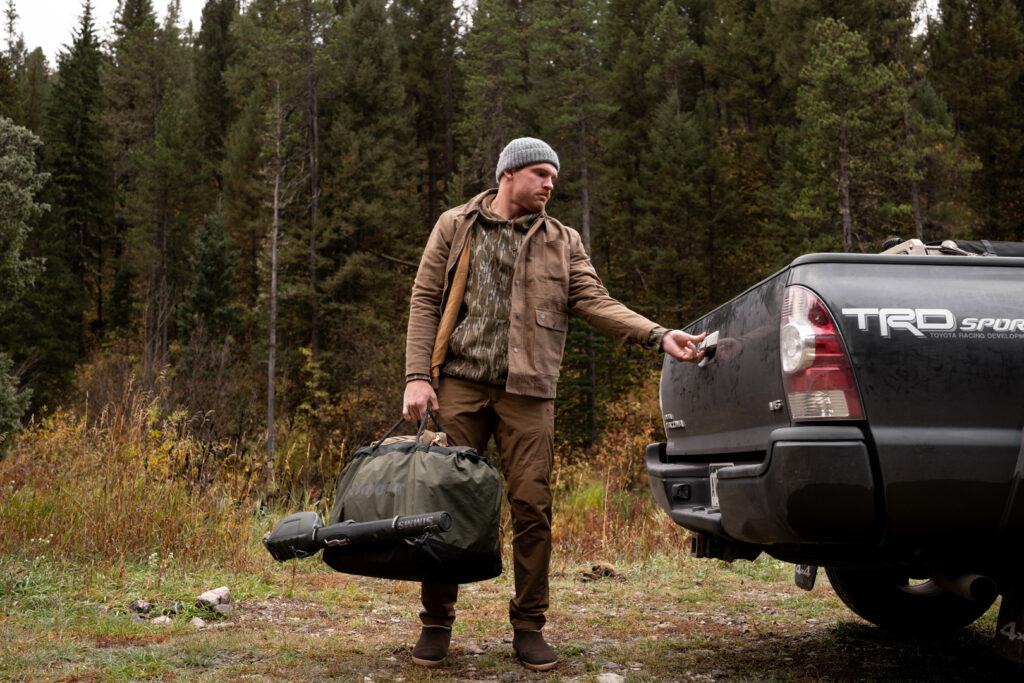
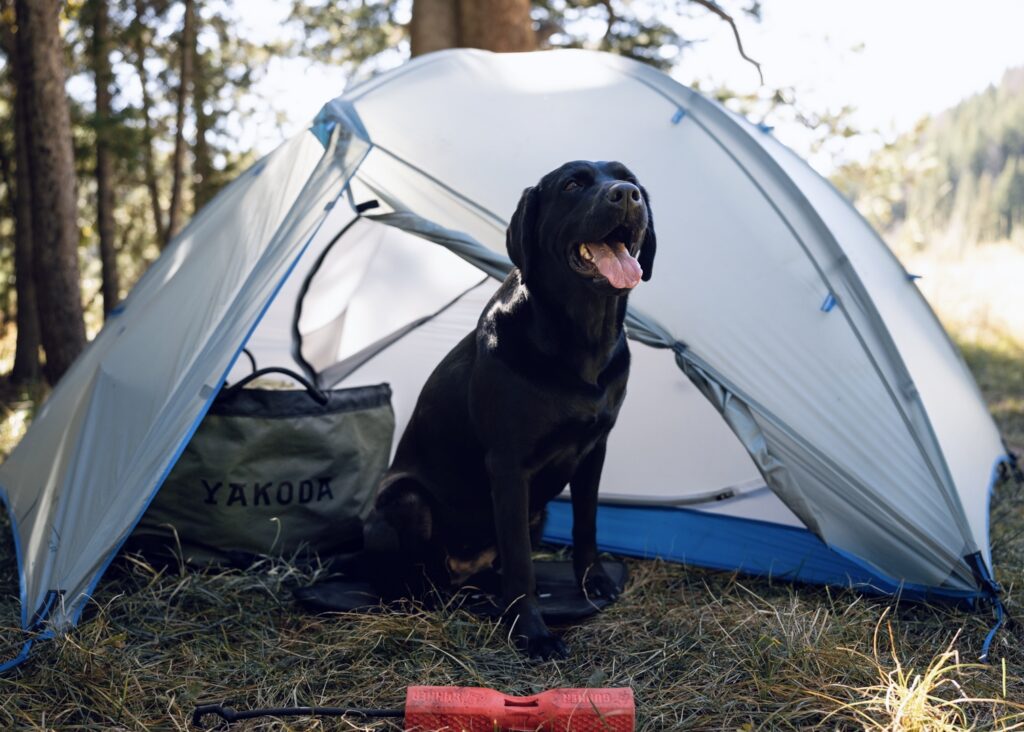
“Growing up and not fly fishing that much, I feel more comfortable with a camera in my hand than a rod,” Smith confessed. “So, when I walked into a fly shop in Montana it felt like walking into church after not going for a couple years, but not in a bad way. You can just feel the passion and knowledge about fly fishing across the entire state.”
The duo was able to find an October caddis hatch along the Madison after a slog along the hundred-mile riffle. Eventually they were rewarded with a pod of rising rainbows stacked up behind a deadfall on the riverbank.
“They were gulping those bugs as if they were carp,” said Creed. “They weren’t sipping like you’d expect. Their whole mouths were coming out of the water.”
Taking time to position himself, Creed was able to drop his fly along the seam where the current pushed the bug into the slack water, pausing perfectly to rise the wild rainbow.
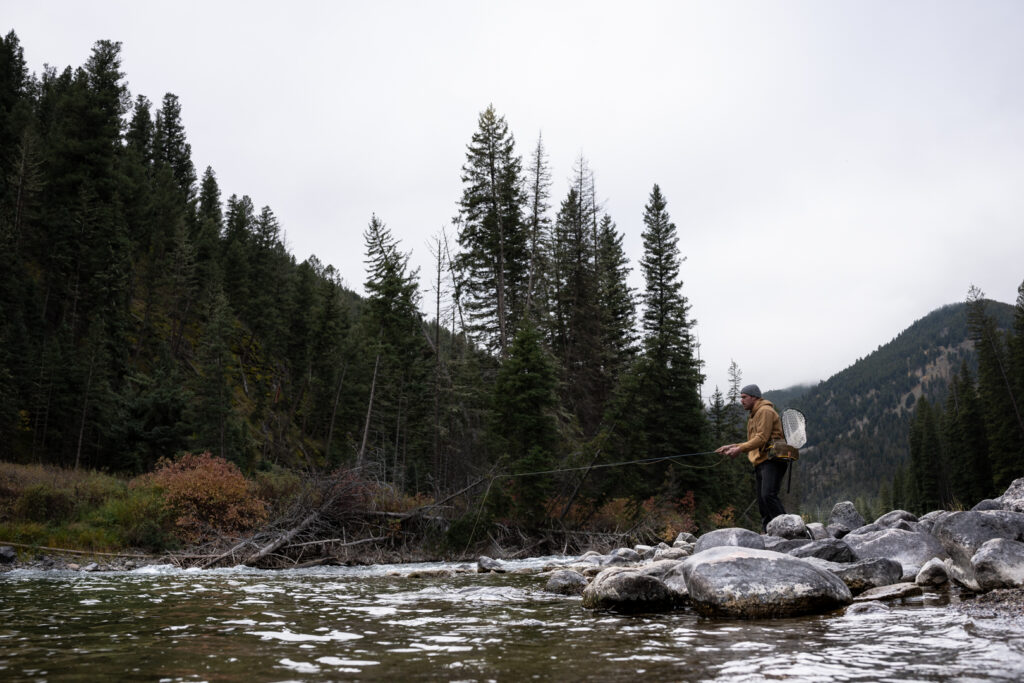
“That rainbow was special because it was my first fish in Montana. And on a dry. You can’t get any better than that.”
Smith tied into two others, but unfortunately the river took the trout back before he was able to bring them to hand. Yet he, along with Creed, began this trip with a mindful approach to the fishing. There was no expectation to measure their time on the road together by the lowest metric of success, catching a fish.
“I still felt frustration of those fish shaking off,” Smith chuckled. “But I was able to return to the heart of the trip, which was time spent with a new friend and the adventure.”
“What we really wanted to get out of this trip is to inspire people,” said Harrison. “There are a lot of people who get stuck in the rut of the patterns of life. But through this experience we hope to show people that you can go on a ten-day, five-state fly fishing trip with a buddy. Just go for it. There is a lot of life that people don’t tap into.”
These fishing opportunities, and the open space and wild that raise the quality of the adventure, are only possible because of the conservation efforts of diverse interest groups working together to make Montana the unique place anglers the world over know and love.
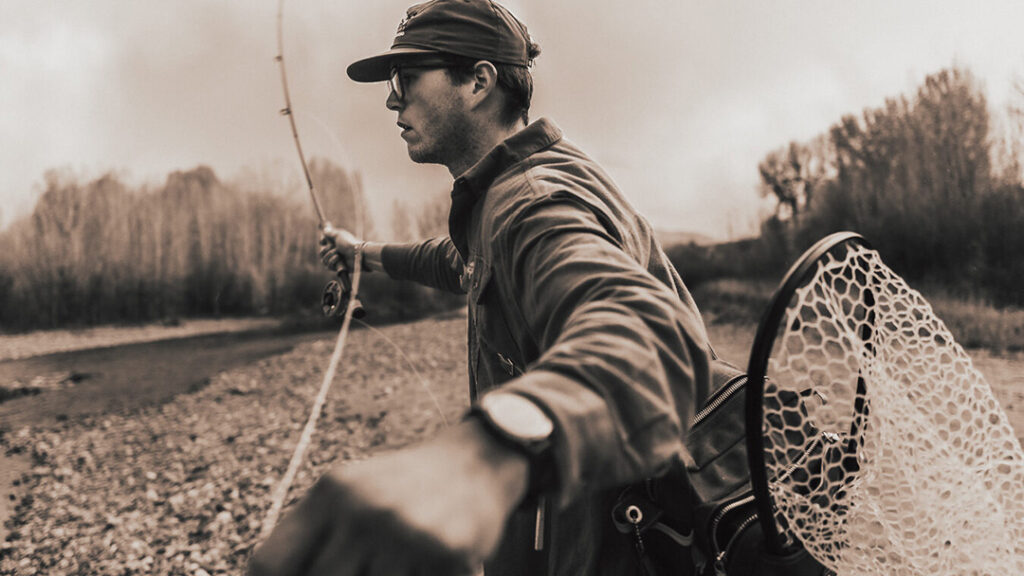
Creed and Smith’s trip passed through the southwest corner of the state, and as all folks who have undertaken a journey of this scope know, the best plans usually crumble. Weather and conflicts made their trek for Arctic grayling fizzle out.
Montana’s southwest corner holds the headwaters of the Missouri River where world-class brown and rainbow trout share pools with the only remaining native population of river-dwelling Arctic grayling in the contiguous United States. The largest rivers, along with some of the most productive spawning grounds in the region, flow mostly through private land. The fertile valleys are home to multi-generational ranching and farming families that support a rich tradition and thousands of livelihoods. These open spaces on working, private lands also provide valuable wildlife habitat that enhance the fishing opportunities Creed and Smith experienced.
“The rivers are taken care of in Montana, and having people who genuinely care about the rivers, fishing, and anglers is really special,” said Smith. “You don’t see that everywhere, and there are more places to fish because of that care.”
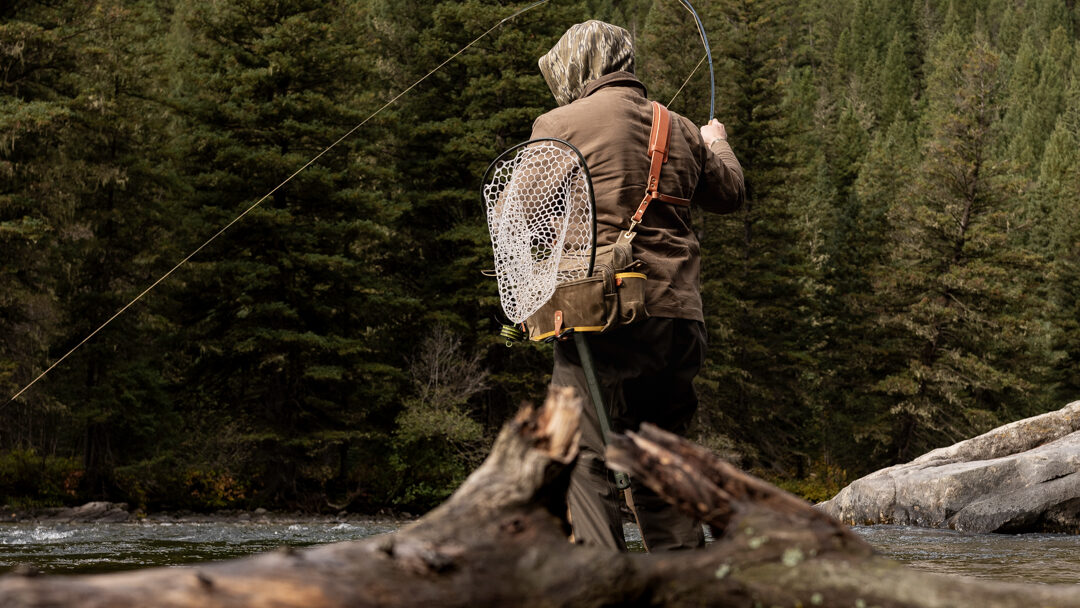
Currently, the United States Fish and Wildlife Service is proposing the Missouri Headwaters Conservation Area that would provide the region’s farmers and ranchers financial support from the Land and Water Conservation Fund to keep their working lands in business by enrolling in voluntary conservation agreements. This kind of investment paints a bright future for keeping working lands in business, while at the same time benefiting anglers and hunters on public land. Comments can be submitted at MOHWCA@fws.gov or through TRCP’s action alert. The comment period extends through November 27, 2023.
Learn more about the ongoing efforts to guarantee you quality places to fish across America by visiting trcp.org, and read about Cam and Harrison’s story here on Flylords.
Follow Cam and Harrison through the @_theomnicollective, and follow Cam @_killacam and Harrison @harrison.creed to keep tabs on their individual adventures.
Photo credit: The Omni Collective
The 2023 Learn to Hunt Upland Experience hosted by the Minority Outdoor Alliance and Pheasants Forever, in-partnership with the Theodore Roosevelt Conservation Partnership, took place September 15 – 17, 2023 at the Valhalla Hunt Club in Bennett, Colorado.
This was the second time I have had the opportunity to facilitate an event aimed at elevating the wisdom of 10 mentors and 10 participants through the continued cultivation of inclusivity and a healthier outside experience. Over the course of a few days, both mentors and participants shared their various paradigms in the hopes of creating a much more engaged and diverse community of upland bird hunters.
Each year, I learn something new – and it’s not only about the participants. We all come to share our stories, the adversity we may have faced, and to question the challenges we’ve have faced in the field while striving to become better, and more experienced, upland hunters. 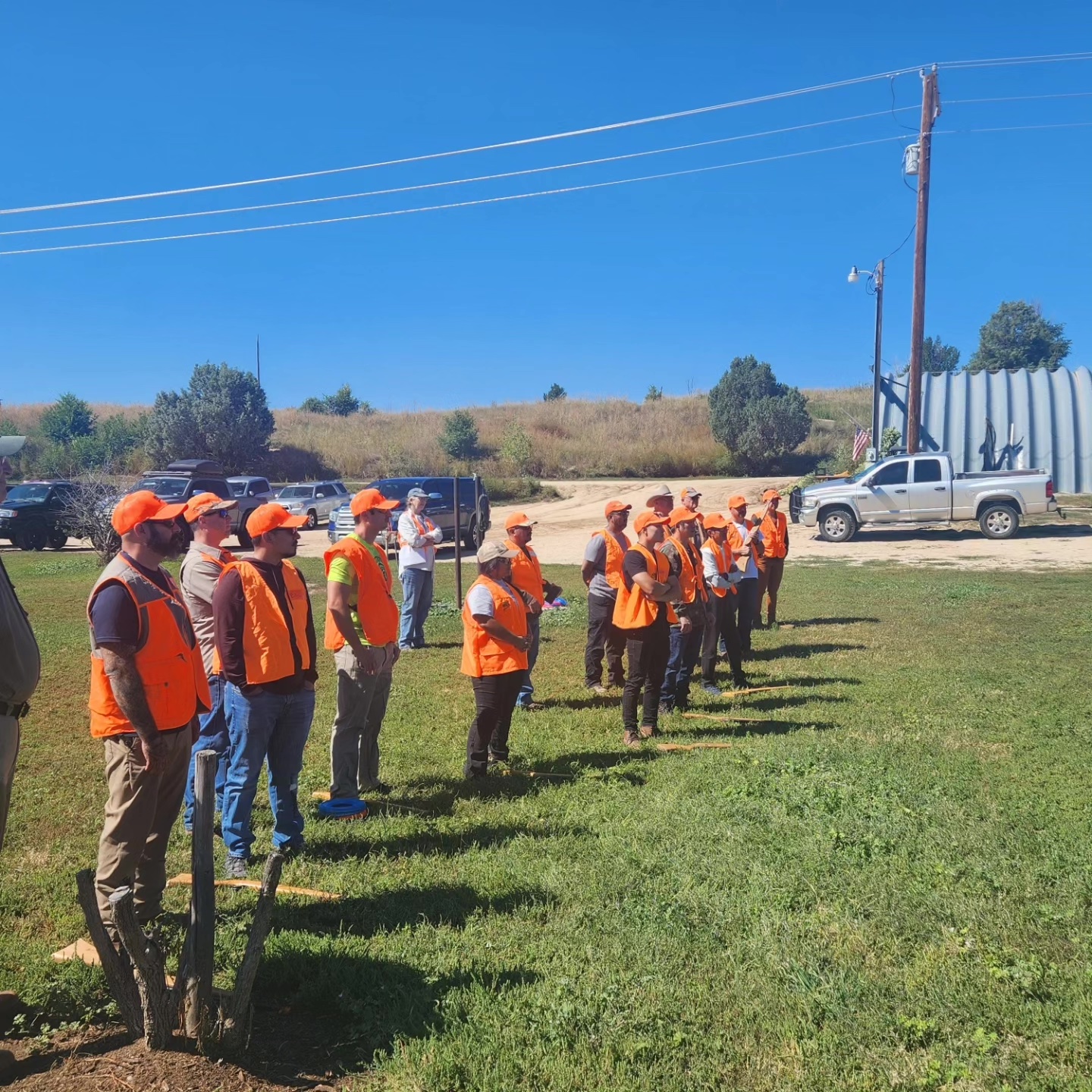
The goal of the event was two-fold: educate both those participants seeking to take a step forward in their upland hunting experience and those who want to learn more, while simultaneously cultivating a deeper and more meaningful relationship between the mentors and the participants in the hopes of creating a community that will stand the test of time. What was most revealing to me, was the paradigm shared by our participants and the reinforcement of what I already knew about the mentors – in particular, my dear friends Jared Romero and Dominic Lucero.
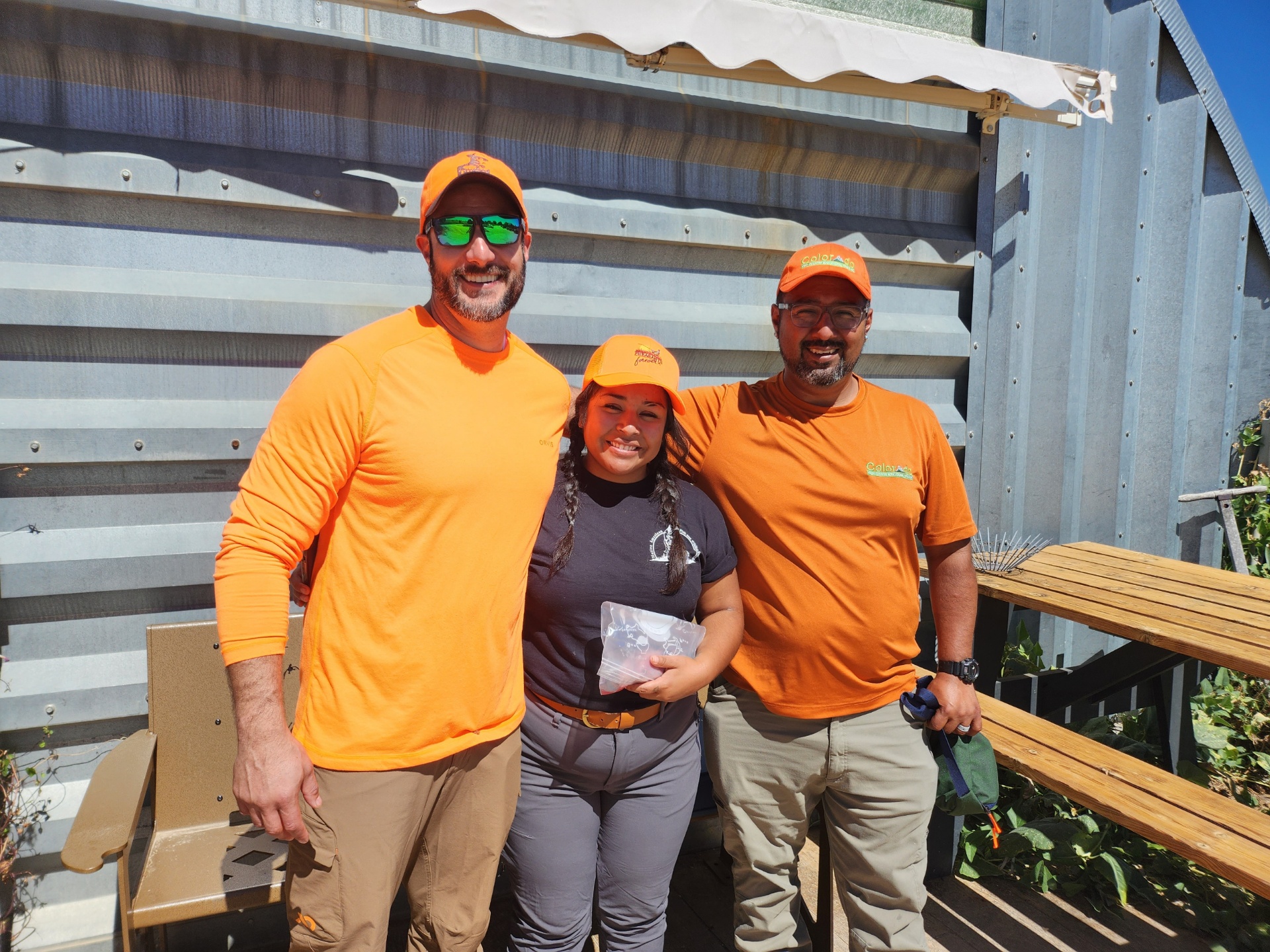
I’m always excited to meet back up with Dominic Lucero in Colorado. He is the founder of Colorado Treks, a non-profit organization that works to inspire life-changing confidence in youth, families, and communities of Colorado through cultural experiences and outdoor education.
Dominic brought a great deal of wisdom and knowledge from the indigenous and Chicano communities to the event. Much of what Dominic focuses on, and what really speaks to my heart, is the idea that nature is medicine. It is healing and reviving.
Dominic is someone who not only inspires me but challenges me to think deeper about the healing within myself and the possibilities of healing through the outdoors. From that perspective, and setting aside from the experience that I’ve acquired over the last 7 1/2 years in the uplands, I often ask myself two questions: what am I presenting to our community of diverse individuals? Am I complimenting nature’s medicine with my own prescription, and does that prescription fit, and work, for diverse and varied individuals?
Building upon that, Dominic challenged us to think about the ways in which the indigenous peoples of Mexican and Chicano heritage relate and add to the story of the upland hunter. I’m always moved by Dominic’s words, his inspiration, and his personal stories. Dominic spends time investing in a family atmosphere, and he has continued to earn the trust of so many. There’s nothing pretentious about a day in the field with Dominic, and I know personally that his mentorship speaks volumes to those who may have felt trauma or experienced a lack of access, and how they may have prevented one’s ability to truly experience all the opportunities available outside. His role as a mentor was impactful for all in attendance.
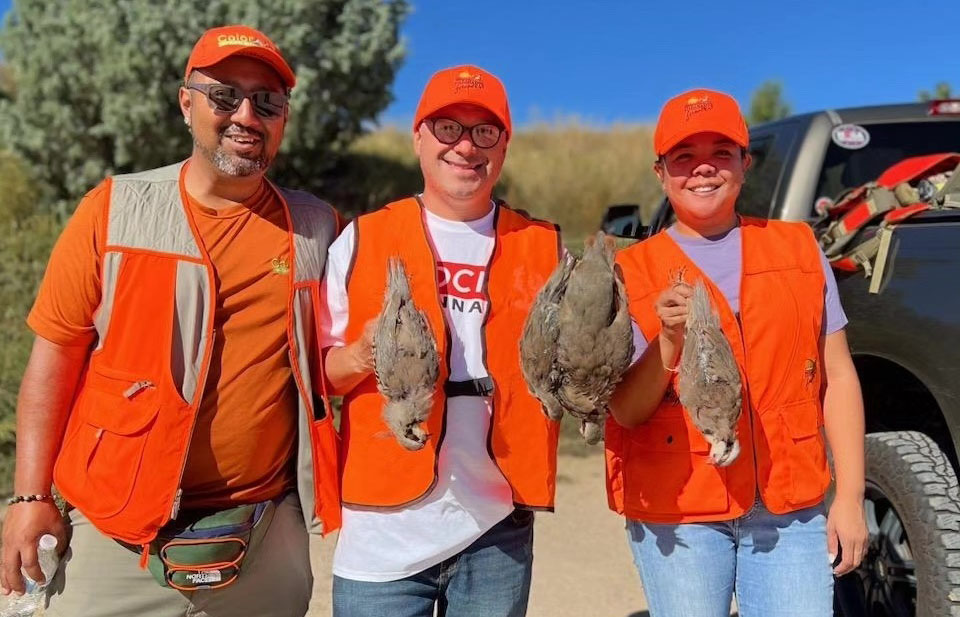
During the event, I also spent a great deal of time with someone I would consider a brother, a friend, and an inspiration. Someone who creates opportunities, not for himself, but for others, and someone who spends a great deal of time working to understand the necessity of diversity in the outdoors and communicating the message of conservation through access, programming opportunities, and story. I’ve known Jared Romero, director of strategic partnerships at the TRCP, for three years, and I have never had a chance to really dive deep into the story that connects him to the uplands. This event changed that.
Spending a day in the field together chasing truckers behind pointing labs and German shorthaired pointers was all that was needed to illuminate his own past. Jared, and our day afield, changed my perception of what I thought an upland hunter might look like – particularly in the grouse woods. Jared reminisced on stories of hunting with his grandfather, chasing blue grouse in the various landscapes of Colorado. He reflected by noting, “Blue grouse hunting is how I cut my teeth as a young hunter. I had some of my first successes hunting. It’s an experience I’ll always remember with my family and grandpa.”
Jared’s message stuck with me. As someone of African American descent seeking to change the paradigm in the narrative of what’s possible in the uplands space, I still had not pictured a man of Hispanic heritage also decoding the complexity of the grouse woods. That is what events like this are for: to continue coloring a new slate and story within the landscape of the hunting community. As a mentor, Jared’s perspectives, experiences, and openness benefitted both participants and mentors alike. 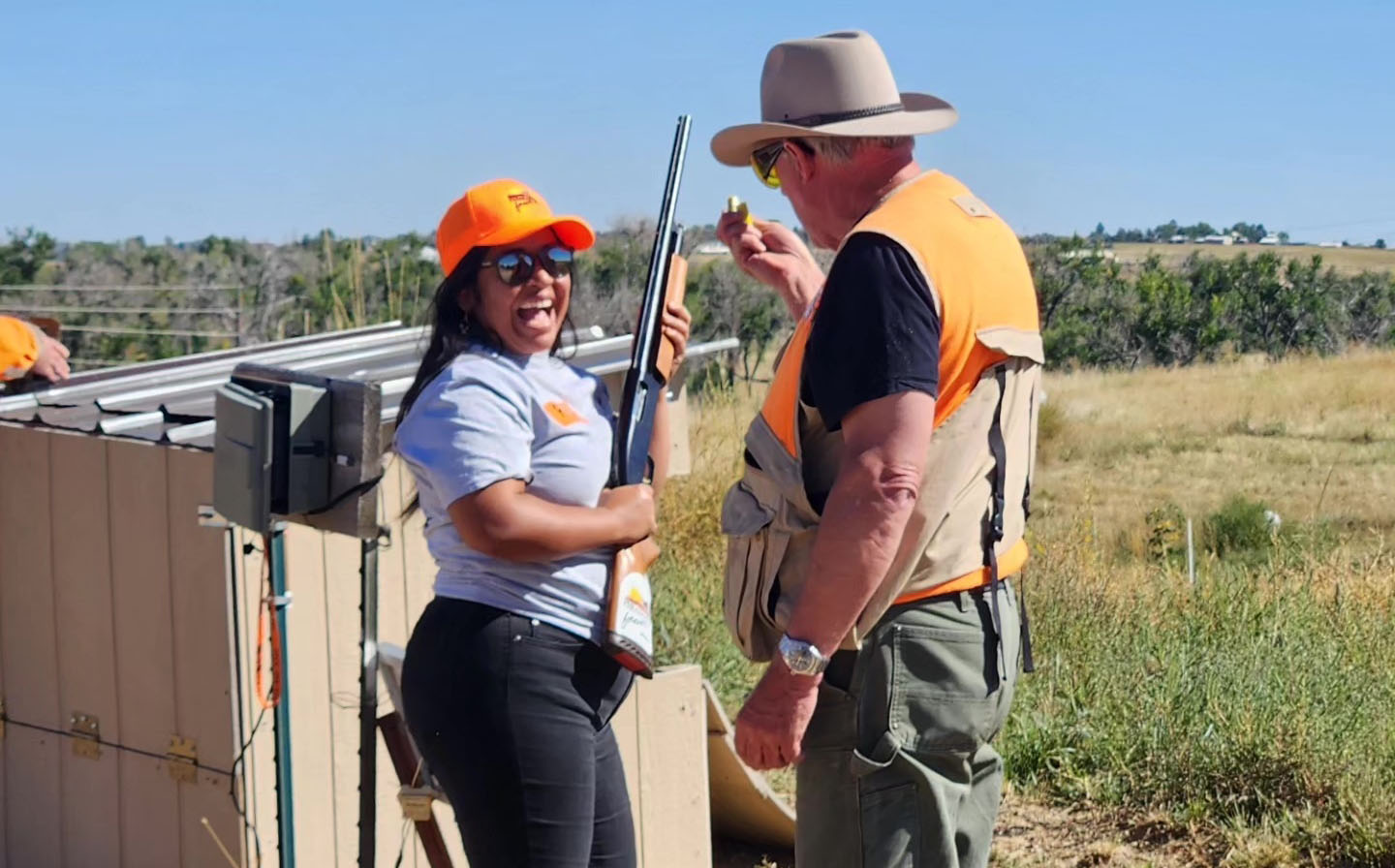
Additionally, the tremendous contributions of the South Metro Chapter of Pheasants Forever were significant, and I would like to include a special thank you to Dean, Kaleigh, and the chapter membership. Simon, another member of Hispanic heritage, also recontextualized everything that I thought about who spends time chasing grouse. What also struck me was the humility that Simon exuded when talking about the many years he spent looking for others like us and this peer group in the outdoors. It is humbling to know that so many people have spent large amounts of time looking for what this event aimed to create: a diverse and empowered community of individuals that love upland, birds, bird dogs, and the habitat that we seek to conserve.
The first day, we spent some classroom time going over the basics of firearms, learning conservation history, habitat, and the great work that all of our partnering organizations are doing collectively to continue this great American story. After the classroom sessions, we took our participants outside for a great time – learning how to approach bird dogs in a safe, yet efficient manner, and for practice on the clays course to ensure safe and effective shots. There were lots of successes, many misses, and a whole heap of smiles. We had a great time breaking clays and building confidence.
The second day, we spent in the field at Valhalla with pointing labs, German shorthaired pointers, and an emboldened, confident group of participants seeking to tell a story of their own. What I should note is the incredible amount of consideration given to the dogs when shots didn’t always present as safe, and the respect given to the dogs for their work teaching our new participants. I wonder if next year we might even include the dog names on the mentor list, because at the end of the day, it seemed that we all learned more from the dogs than we ever could in a classroom.
The event was powerful and there is so much more I could share, but in closing, I would encourage you to learn more about these opportunities, to reach out to our mentors and our participants. It will help you better understand this experience in their context and from their paradigm. Doing so would better inform us all of how powerful the outdoors and the upland experience can be when we all come together in the name of conservation, education, and diversity.
I want to say thank you to our partners from Pheasants and Quail Forever, the Theodore Roosevelt Conservation Partnership, and Colorado Treks.
Read more about TRCP’s commitment to community and inclusivity below:
Theodore Roosevelt’s experiences hunting and fishing certainly fueled his passion for conservation, but it seems that a passion for coffee may have powered his mornings. In fact, Roosevelt’s son once said that his father’s coffee cup was “more in the nature of a bathtub.” TRCP has partnered with Afuera Coffee Co. to bring together his two loves: a strong morning brew and a dedication to conservation. With your purchase, you’ll not only enjoy waking up to the rich aroma of this bolder roast—you’ll be supporting the important work of preserving hunting and fishing opportunities for all.
$4 from each bag is donated to the TRCP, to help continue their efforts of safeguarding critical habitats, productive hunting grounds, and favorite fishing holes for future generations.
Learn More
